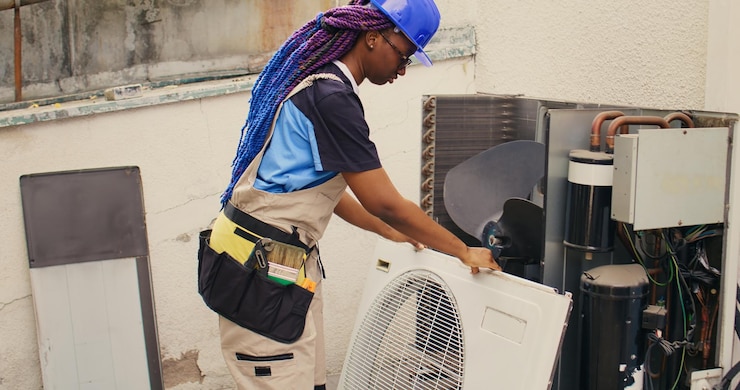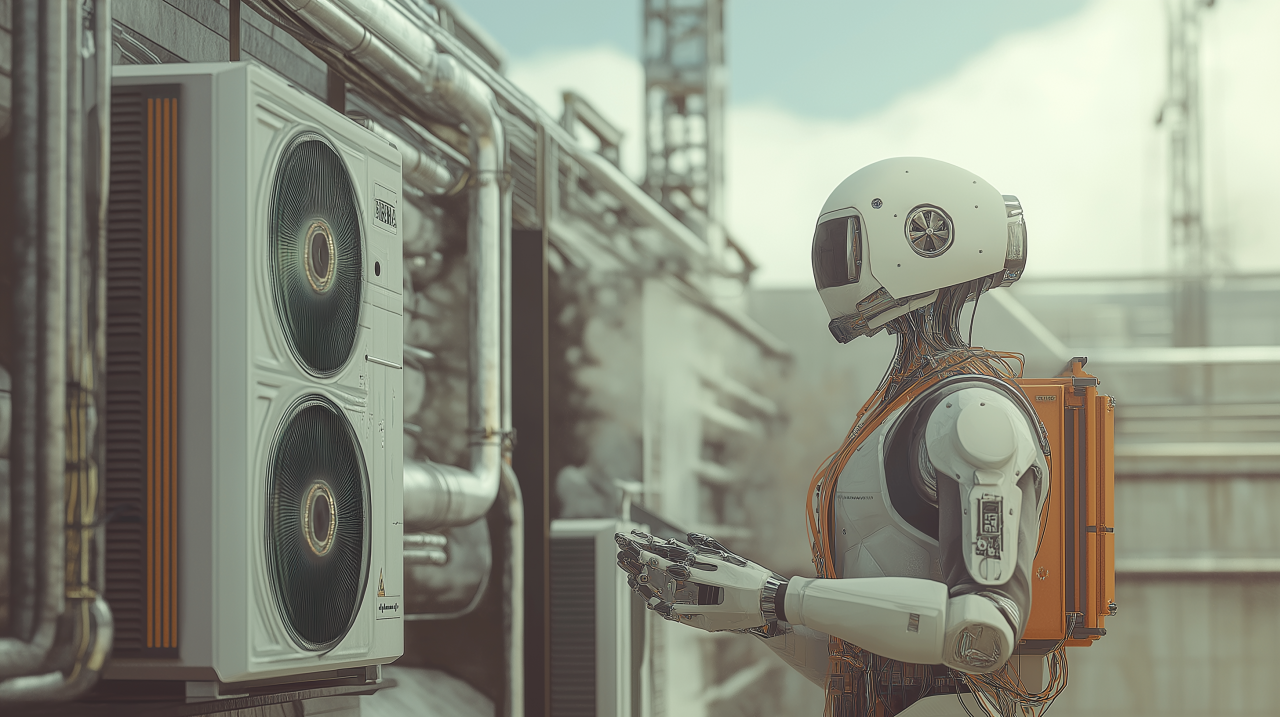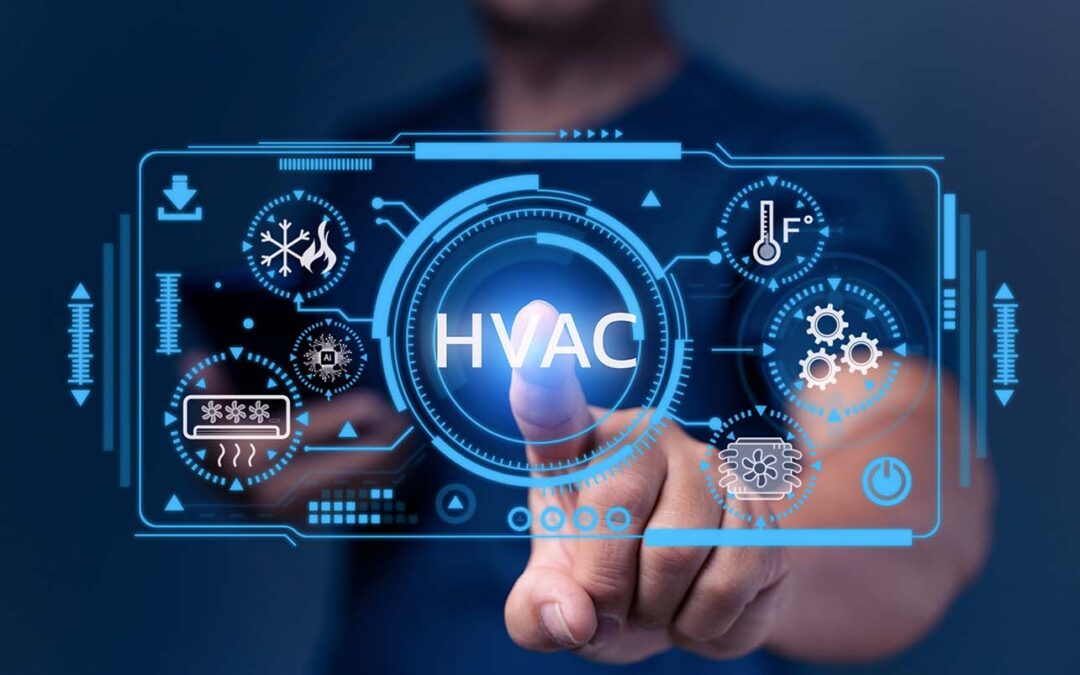The integration of AI and IoT in HVAC systems is revolutionizing how we understand and manage indoor environments. As technology advances, the fusion of Artificial Intelligence (AI) and the Internet of Things (IoT) within HVAC systems is reshaping the landscape of energy efficiency and comfort in buildings. This transformation is particularly significant for Industry QA Professionals who are keen on leveraging technology to enhance system performance.

The Evolution of HVAC Systems
Traditionally, HVAC systems have been mechanical setups focused on heating, ventilation, and air conditioning, relying heavily on manual adjustments and routine maintenance. The advent of AI and IoT has introduced smart capabilities, allowing systems to self-regulate based on real-time data inputs.
Role of AI in HVAC
AI plays a pivotal role in predicting and optimizing energy use. By analyzing historical data and current conditions, AI can anticipate demand and adjust settings for optimal performance. This predictive capability helps in reducing energy consumption and operational costs.
IoT’s Contribution
The IoT enables seamless communication between devices within an HVAC system. Sensors collect data on temperature, humidity, and occupancy, which is then used to make informed adjustments. This interconnectedness ensures that the system is responsive and adaptable to changing conditions.
Benefits of AI and IoT in HVAC
Improved Energy Efficiency
By integrating AI and IoT, HVAC systems can reduce energy waste significantly. Intelligent systems learn usage patterns and adjust operations accordingly, ensuring energy is used only when necessary. This not only cuts costs but also supports sustainability efforts.
Enhanced Comfort Levels
Smart HVAC systems offer personalized comfort by adjusting settings based on individual preferences and real-time data. This means environments are always tailored to occupants’ needs, enhancing overall satisfaction and productivity.
Predictive Maintenance
Through AI-driven analytics, HVAC systems can predict when maintenance is needed, preventing breakdowns and extending equipment lifespan. This proactive approach minimizes downtime and maintenance costs. For more insights on predictive maintenance, visit Predictive Maintenance.
Challenges and Solutions
Integration Complexity
Integrating AI and IoT into existing systems can be complex. However, gradual implementation and choosing compatible technologies can mitigate these challenges.
Data Security Concerns
With increased connectivity comes the risk of data breaches. Implementing robust security measures is essential to protect sensitive information.
Case Studies and Real-World Applications
Several industries have successfully implemented AI and IoT in HVAC systems. For instance, smart factories are utilizing these technologies for real-time diagnostics and energy management. To learn more about real-time diagnostics, check Real-Time Diagnostics.
The Future of HVAC Systems
The future of HVAC is undoubtedly smart. As AI and IoT technologies advance, their integration will continue to enhance system efficiency, comfort, and sustainability. Industry professionals must stay abreast of these developments to capitalize on emerging opportunities.
Emerging Trends
Trends such as AI-based airflow analysis are gaining traction, offering detailed insights into system performance. Explore more about this at Airflow Analysis.
For further reading on this topic, you may look at broader technological implications in HVAC systems in this external article.
Conclusion
The integration of AI and IoT in HVAC systems is a game-changer, offering significant advantages in terms of efficiency, cost savings, and user experience. By embracing these technologies, industries can achieve new heights in operational excellence and sustainability.

FAQs
What is the main benefit of AI in HVAC systems?
The main benefit of AI in HVAC systems is its ability to predict and optimize energy use, leading to cost savings and improved system performance.
How do IoT devices improve HVAC systems?
IoT devices improve HVAC systems by enabling real-time data collection and communication between system components, allowing for responsive and efficient operations.
Are there any security risks with AI and IoT in HVAC?
Yes, increased connectivity can lead to data security risks. It’s important to implement strong security measures to protect against breaches.
This article contains affiliate links. We may earn a commission at no extra cost to you.
